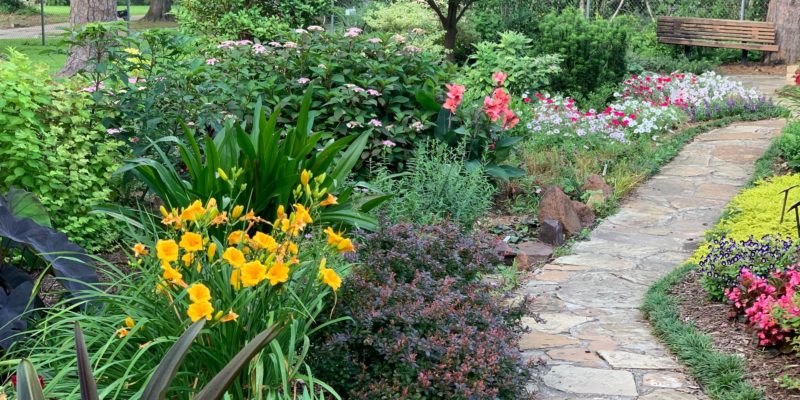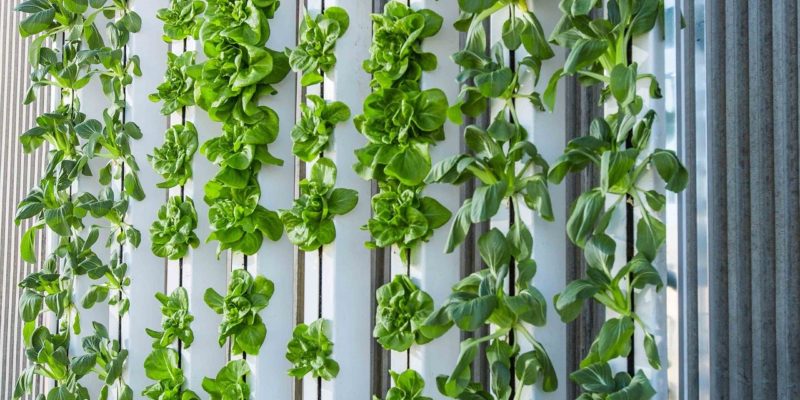Spring is officially here, which means we can finally use all our pent-up energy from winter to step back into the garden. Whether you live in San Diego, CA, and prefer a beautiful flower garden in your backyard, or live in New York, NY and enjoy an edible garden to grow your own herbs, tomatoes, zucchini, tomatoes, and […]
Vertical Gardening
A gardening article at the onset of winter? Sure, this is part of what vertical gardening is all about. Especially up north where our growing season is about 2 months long. Although, in the summer there are vertical options for outdoor gardens. It’s also about saving space.
Growing Goji Berries
Goji berries are easy to get started, and easy to grow the first season — if it’s in a container or a well fenced, guarded spot. I had over a dozen going in various parts of the yard, but by the end of July, they’d all disappeared. Eaten overnight by some type of nocturnal creature. […]




